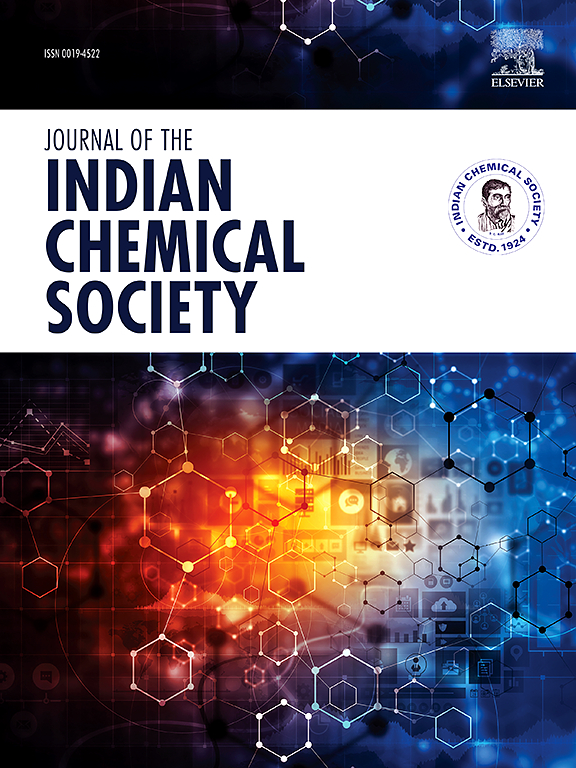Optical enrichment of polyvinyl alcohol films by neodymium oxide and multi-walled carbon nanotube for optical applications
IF 3.2
4区 化学
Q2 CHEMISTRY, MULTIDISCIPLINARY
引用次数: 0
Abstract
The current topic addresses the structure and optical features of the polyvinyl alcohol (PVA) film after adding two different components. Four composite matrices were prepared via the casting process: neat PVA film, PVA film blended with multi-walled carbon nanotube (MWCNT), and PVA-MWCNT blend film reinforced with 2 % and 4 % Nd2O3. The composite films were characterized by various techniques, including X-ray diffractometer (XRD), Fourier-transform infrared (FTIR), optical microscope, and ultraviolet–visible spectrophotometer. The XRD and FTIR investigation revealed that adding MWCNT and Nd2O3 alters the phase structure of the PVA film, and the crystallinity decreases. The PVA film's absorbance increases by adding MWCNT, besides the decrease of the transmittance by adding Nd2O3 nanoparticles in the UV region. The bandgap energy of the PVA film decreased from 5.44 eV to 4.18 eV. In addition, doping the PVA-MWCNT blend with Nd2O3 nanoparticles declines the bandgap energy to about 3.27 eV and 3.06 eV by adding 2 % and 4 % Nd2O3, respectively. Linear and nonlinear optical parameters like refractive index (linear and nonlinear), metallization criteria, and optical susceptibility were enhanced by adding MWCNT and Nd2O3 nanoparticles. The PVA-MWCNT-Nd2O3 composite film with enhanced optical parameters is promising for optical and biomedical applications.

求助全文
约1分钟内获得全文
求助全文
来源期刊
CiteScore
3.50
自引率
7.70%
发文量
492
审稿时长
3-8 weeks
期刊介绍:
The Journal of the Indian Chemical Society publishes original, fundamental, theorical, experimental research work of highest quality in all areas of chemistry, biochemistry, medicinal chemistry, electrochemistry, agrochemistry, chemical engineering and technology, food chemistry, environmental chemistry, etc.

 求助内容:
求助内容: 应助结果提醒方式:
应助结果提醒方式:


